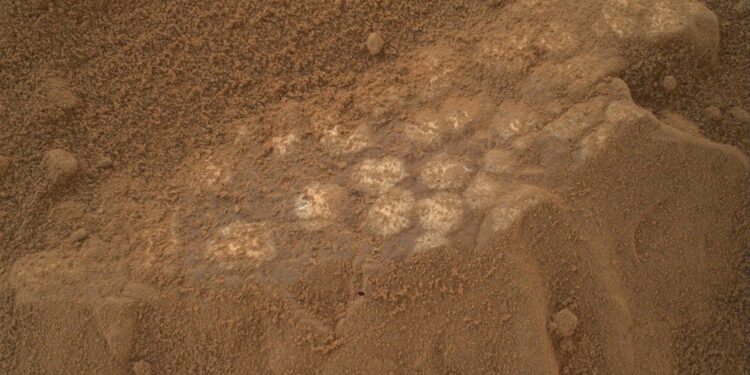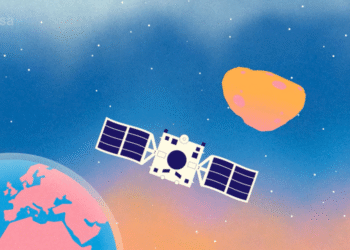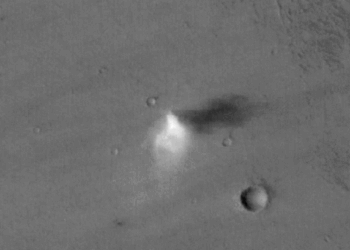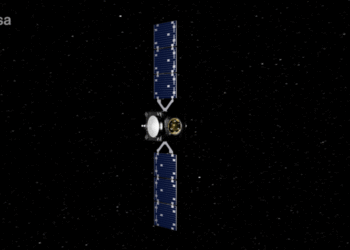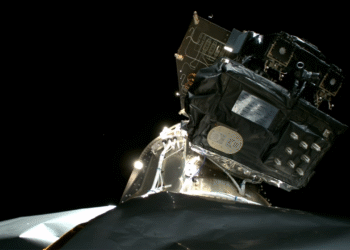The Curiosity Rover on Mars continues its remarkable journey, furthering our understanding of the Martian surface with its latest observations. Recently, the rover has been exploring an intriguing geological feature called the “Boxwork Ridge,” where it is investigating the composition and formation processes of these ridges.
This latest stop in Curiosity’s exploration is crucial because ridges often offer insights into the historical geological processes that have shaped the Martian landscape. By analyzing the mineral content and layering, scientists hope to deduce details about past water presence and climatic conditions on Mars.
Observational Goals
The scientific objectives during this stop include:
- Documenting the variations in texture and color of the ridge, which can indicate different material compositions.
- Using the rover’s suite of cameras and spectrometers to determine the chemical and mineral makeup of the rocks.
- Evaluating whether these formations differ significantly from surrounding areas, hinting at whether they were formed under unique conditions.
Each of these goals assists researchers in piecing together the past environmental conditions of Mars, painting a picture of the planet’s history.
Implications for Future Mars Exploration
The data collected by Curiosity not only enhance our understanding of Mars but also assist in planning for future missions by identifying areas of interest for future exploration. As a precursor mission, Curiosity’s observations are invaluable for missions such as the Mars Sample Return campaign and future manned missions.
For more details on Curiosity’s exploration and findings, you can visit the NASA’s official blog.


